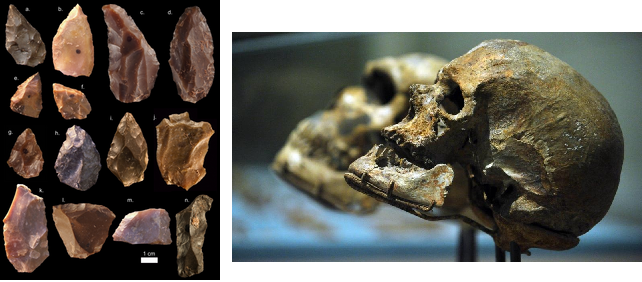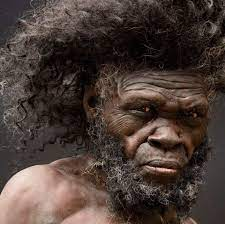Located approximately 55 km southeast of Safi, in the administrative region of Marrakech-Safi, the site was once operated by a barite mine that excavated the hillside, revealing an ancient cave that had been completely filled over time by sedimentary deposits. Jbel Ighoud has been a focal point for archaeologists and paleoanthropologists since the early 1960s. The excavation efforts at this site have revealed a treasure trove of fossils and artifacts that have reshaped our understanding of human evolution in Africa.
One of the most remarkable finds at Jbel Ighoud was the partial skull of an early Homo sapiens individual, dating back to approximately 300,000 years ago. This discovery challenged previous notions about the timeline and geographic spread of modern humans, suggesting a more complex and diverse evolutionary narrative.
Insights into Ancient Lifestyles

Beyond the fossil remains, the archaeological layers at Jbel Ighoud in Morocco have yielded tools, animal bones, and other cultural artifacts that offer glimpses into the daily lives of our ancient ancestors. These findings provide valuable clues about the hunting practices, tool-making techniques, and social behaviors of early Homo sapiens in North Africa.
The presence of stone tools crafted with precision and sophistication indicates a level of cognitive ability and technological advancement among the inhabitants of Jbel Ighoud. Such discoveries contribute to our appreciation of the ingenuity and adaptability of early human populations in different environments.
Significance for Human Evolution Studies

The discoveries at Jbel Ighoud in Morocco play a pivotal role in reconstructing the evolutionary timeline of Homo sapiens and our predecessors. By analyzing the fossil remains and artifacts from this site, researchers have pieced together a more comprehensive picture of how anatomically modern humans emerged and dispersed across the African continent.
Moreover, the findings at Jbel Ighoud underscore the complexity of human evolution and the intricate interplay of genetic, environmental, and cultural factors that shaped our species over millennia. The site serves as a testament to the resilience and innovation of early Homo sapiens as they adapted to changing landscapes and challenges.



